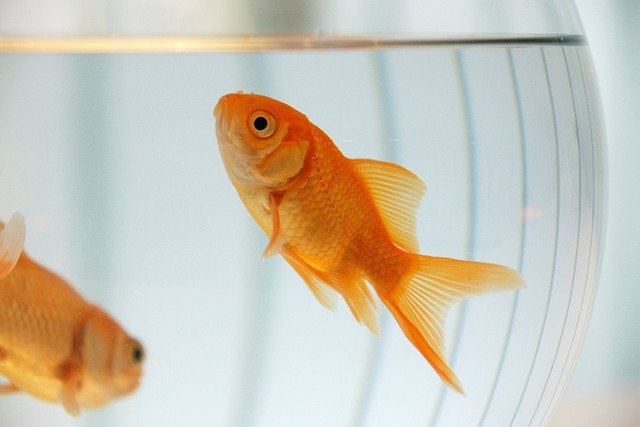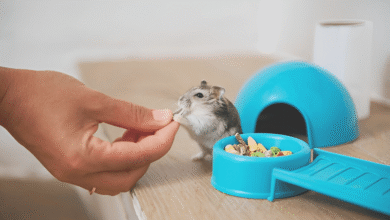
How to Take Care of Gold Fish
Goldfish (Carassius auratus) are the most commonly kept freshwater fish species across the globe. Goldfish were first introduced as a good luck charm in Europe in the 1600s and then to North America in the 1800s.
After generations of breeding, there are over 200 breeds of goldfish. Most of the goldfish available to pet parents are in two categories: common or fancy. Numerous colourations, patterns, body shapes, fin, eye, and tail types exist.
When kept in excellent conditions, Goldfish can live between 10 and 15 years, sometimes up to 20 years. Because they don’t get the care they need, goldfish often don’t live as long as possible. Taking good care of your pet goldfish can help it live longer.
Temperature
Goldfish are a cold-water fish species that can be kept successfully at warmer temperatures. Fancy goldfish can be held between 68-74 F, while some varieties, such as comets or shubunkins, can be kept in a broader range from 60-70 F. Often, goldfish can be held at water temperatures that are similar to room temperature and do not require supplemental heat.
Water Quality
Good water quality is critical for keeping a goldfish healthy. The pH should range between 7-8.4, and temperatures should be kept within a narrow range. The water in an aquarium should be checked often and “cycled” before any animals are added. Water quality test kits are available to try weekly when you have a freshwater fish tank.
Water needs to be aerated so that there is enough oxygen in their habitat. This can be done with an air pump and an air stone. Filtration is also essential to help remove any food items and faeces from the environment. This will also keep the habitat clean for display.
Size and Enrichment
Goldfish should be kept in the largest possible habitat. Habitat size should depend on the variety of goldfish and the full-grown size of the fish. Depending on the species, a goldfish can be housed in a habitat with 10–20 gallons of water per fish. Some of the larger varieties of fish require a more significant amount of space.
Goldfish habitats can be enriched with live plants to make them more naturalistic. However, it’s important to remember that goldfish may decide to eat some of the live plants since they are omnivores.
The substrate can be used for goldfish habitats to make the bottom of the enclosure look more realistic. Ensure the substrate is more significant than what the fish can eat. Some starter kits will help get you started with your aquarium.
What to Feed a Goldfish
Goldfish are predominately omnivores. High-quality flakes of food or sinking pellets made for goldfish can be used to feed your pet. The food should provide about 30% protein for a goldfish.
Pelleted food can last longer than flaked food. Feeding flake food should be monitored, as it often doesn’t sink. If a goldfish eats at the surface too much, it can develop buoyancy issues. If pet parents choose to feed flake food, they should presoak it since it’s more likely to sink to the middle or bottom of the water.
Additional dietary items that can be used as enrichment for goldfish include:
- Live or frozen brine shrimp
- Daphnia
- Krill
- Occasional vegetables like romaine lettuce
Adult goldfish can be fed once per day. Younger goldfish may need to be provided more often to grow.
Goldfish can make vibrant, entertaining pets for any family and can live a long, healthy life when given the right environment. Their vibrant colours and personalities stand out from other pet fish species. Goldfish are a great beginner pet for anyone, even kids, and can be a rewarding companion for years to come.
Read More: Signs Your Pet Needs Emergency Vet Care








2 Comments